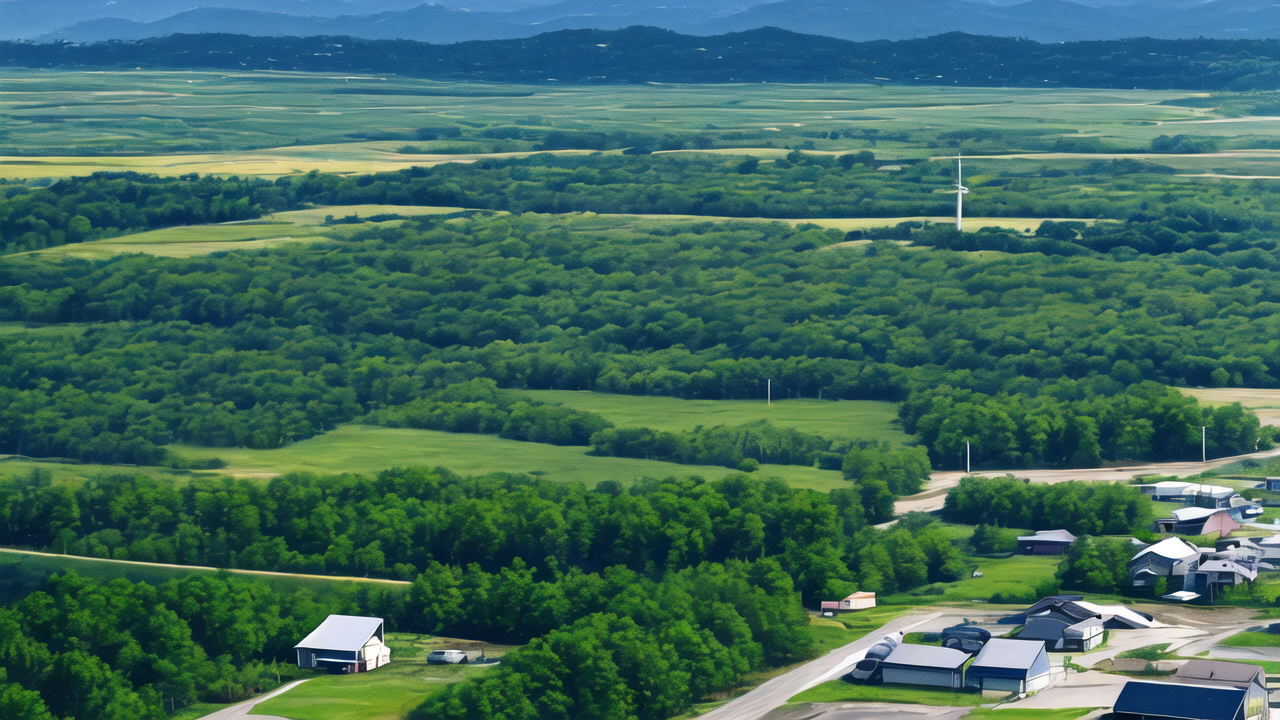Understanding the Fundamentals of Long Range Walkie Talkies
The Technology Behind 100-Mile Walkie Talkies
Long range walkie talkies that can reach up to 100 miles use advanced radio technology. They operate on specific frequencies, usually in the UHF or VHF bands. These devices use powerful transmitters and sensitive receivers to send and pick up signals over vast distances.

The key to their range is the use of repeaters. These are relay stations that receive weak signals and retransmit them at higher power. This extends the range far beyond what a single device could achieve on its own. The actual range can vary based on terrain and weather conditions.
Key Specifications for Long Range Walkie Talkies
When looking at long range walkie talkies, several specs are crucial:
- Frequency: UHF or VHF, with UHF better for urban areas and VHF for open spaces
- Power output: Higher wattage means longer range, typically 4-5 watts for long range models
- Battery life: Extended use requires long-lasting batteries
- Antenna: Longer antennas generally provide better range
- Channels: More channels allow for greater flexibility in communication
- Weather resistance: Important for outdoor use
These features combine to create devices capable of long-distance communication in various settings.
Comparing Short Range and Long Range Walkie Talkies
Short range walkie talkies differ from their long range counterparts in several ways:
- Range: Short range typically covers 1-2 miles, while long range can reach up to 100 miles
- Power: Short range models use less power, usually 0.5-1 watt
- Size: Long range devices are often larger due to bigger batteries and antennas
- Features: Long range models often have more advanced features like GPS or weather alerts
- Price: Long range walkie talkies are generally more expensive
- Licensing: Many long range models require an FCC license to operate legally
The choice between short and long range depends on the specific needs of the user.
Applications of 100-Mile Walkie Talkies in the United States
Emergency Services and Public Safety
Long range walkie talkies play a crucial role in emergency services and public safety. Police departments use them for coordinating large-scale operations. Fire departments rely on them for communication in remote areas during wildfires.

Search and rescue teams benefit greatly from the extended range. It allows them to stay in touch across vast wilderness areas. During natural disasters, these devices can be lifelines when cell networks fail.
Emergency management agencies use long range walkie talkies to coordinate response efforts. They provide reliable communication in situations where other methods may not work.
Hobby and Recreational Use
Many hobbyists and outdoor enthusiasts use long range walkie talkies. Hikers and campers find them useful for staying in touch on long treks. They provide safety and peace of mind in remote areas.
Off-road vehicle enthusiasts use them to coordinate group rides. Hunters rely on them to communicate quietly over long distances. Boaters and sailors use marine versions for ship-to-shore communication.
Some amateur radio operators use these devices as part of their hobby. They enjoy testing the limits of range and participating in long-distance communication networks.
Professional Use in Various Industries
Many industries benefit from long range walkie talkies. Construction sites use them to coordinate work across large areas. They're especially useful in high-rise construction.
Farmers and ranchers use them to manage operations on large properties. They can communicate with workers across vast fields or ranges. In the forestry industry, they're crucial for coordinating logging operations.
Event management companies use them for large outdoor events. They help coordinate security, logistics, and emergency response. Film and TV production crews rely on them for on-set communication.
Oil and gas companies use them in remote drilling operations. They provide vital communication links in areas without cell coverage.
The Future of Long Range Walkie Talkies
Innovations in Radio Technology
The future of long range walkie talkies looks promising with new tech on the horizon. Digital radio technology is improving sound quality and range. It also allows for features like text messaging and GPS tracking.

Software-defined radios are becoming more common. These allow for easy upgrades and new features through software updates. This could extend the lifespan of devices and add new capabilities over time.
Integration with smartphones is another trend. Some new models can connect to phones via Bluetooth. This allows for extended range through cell networks when in range.
Regulatory Challenges and Opportunities
Regulatory issues play a big role in the future of long range walkie talkies. The FCC controls which frequencies can be used and how. Changes in regulations could open up new possibilities or create new limits.
There's ongoing debate about spectrum allocation. Some want more frequencies opened for public use. Others argue for tighter controls to prevent interference. The outcome of these debates will shape the industry.
International regulations also affect development. Harmonizing rules across borders could lead to more powerful devices. It could also open up new markets for manufacturers.
Predicting Industry Trends
Several trends are likely to shape the long range walkie talkie industry:
- Increased integration with other technologies like GPS and cellular networks
- Growing demand in developing countries as infrastructure expands
- More focus on rugged, all-weather designs for extreme conditions
- Expansion of features like group calling and encryption for privacy
- Development of smaller, more portable designs with similar range
- Increased use of AI for things like voice recognition and automatic channel selection
These trends point to a future where long range walkie talkies become more versatile and user-friendly. They're likely to remain crucial tools in many fields for years to come.


